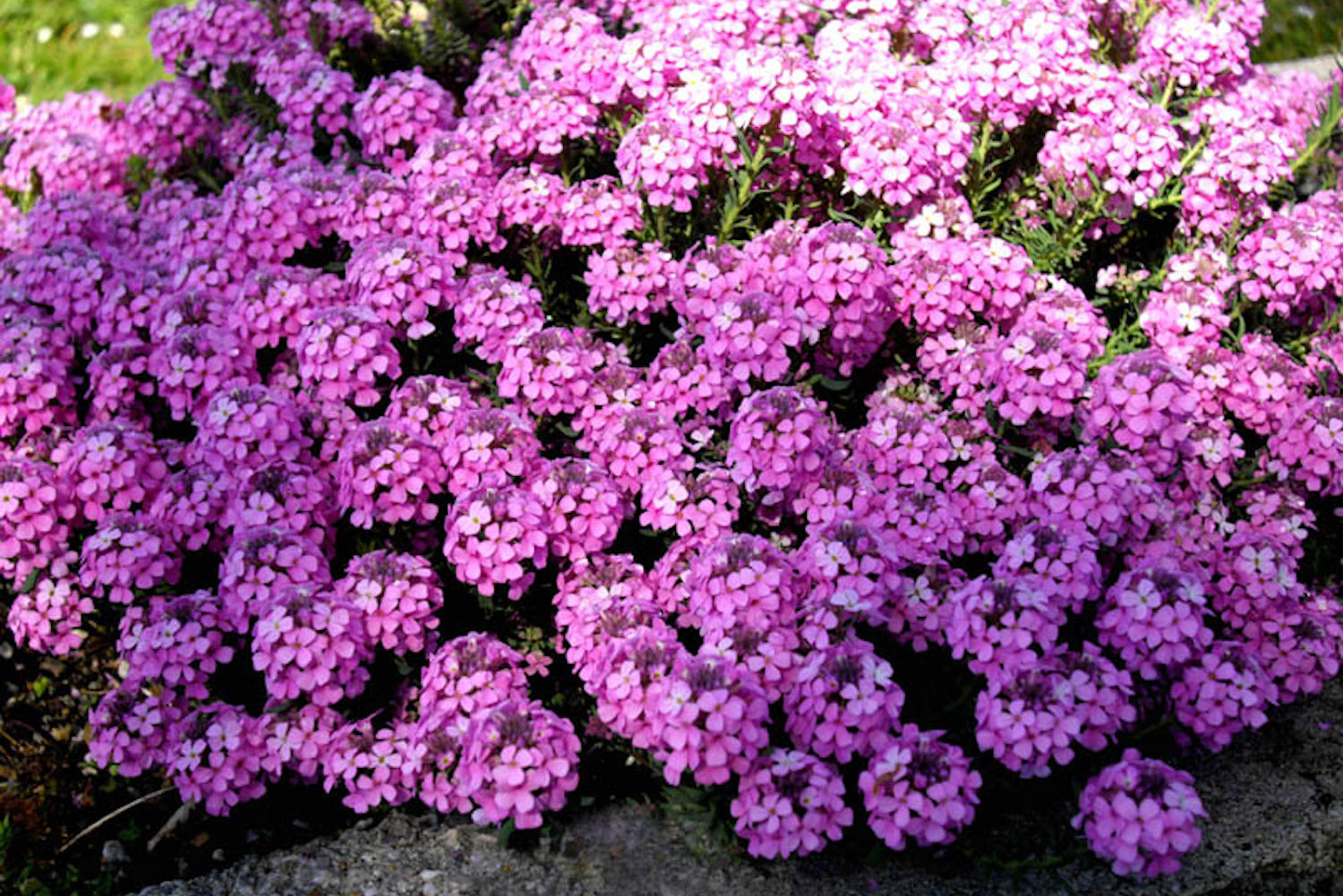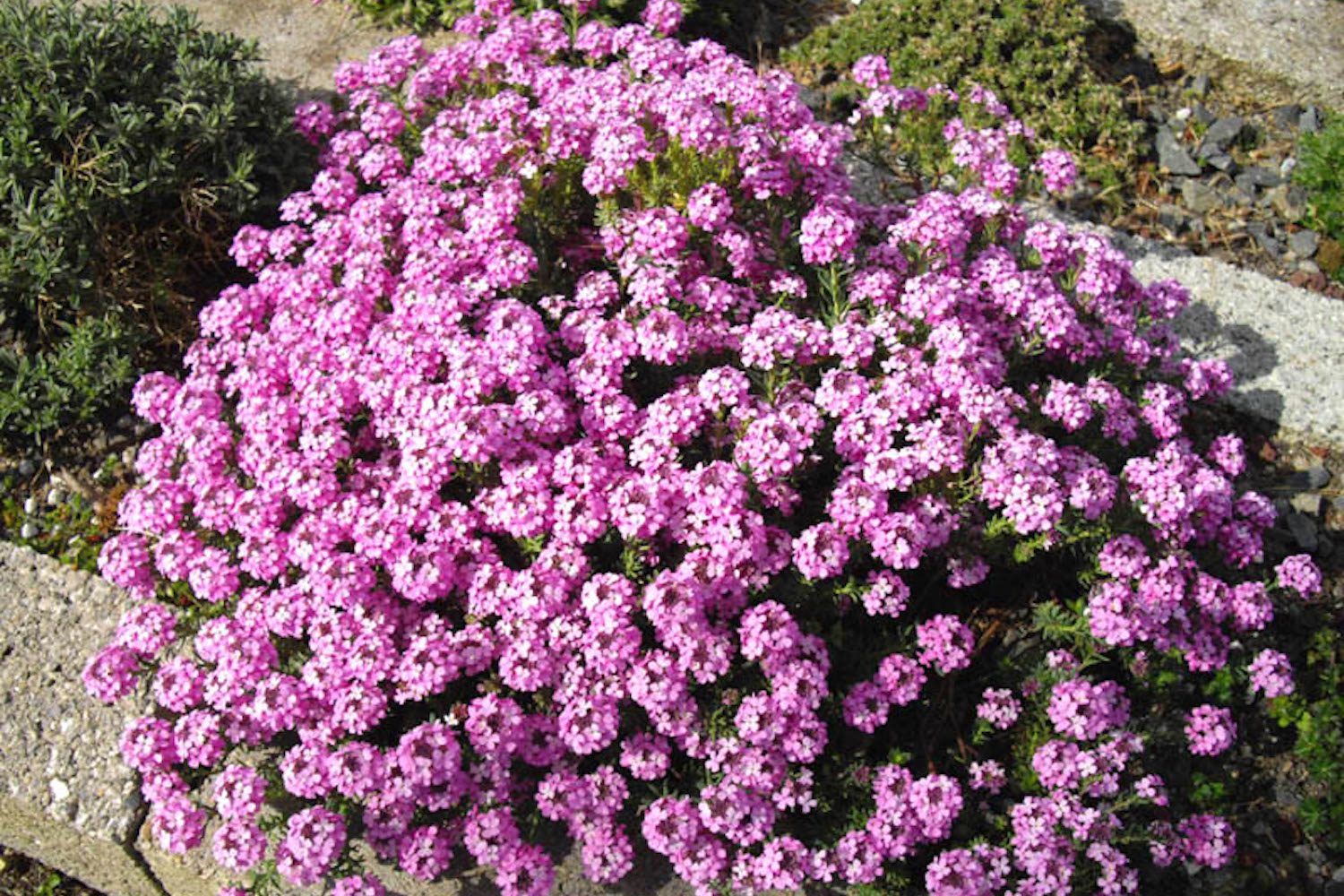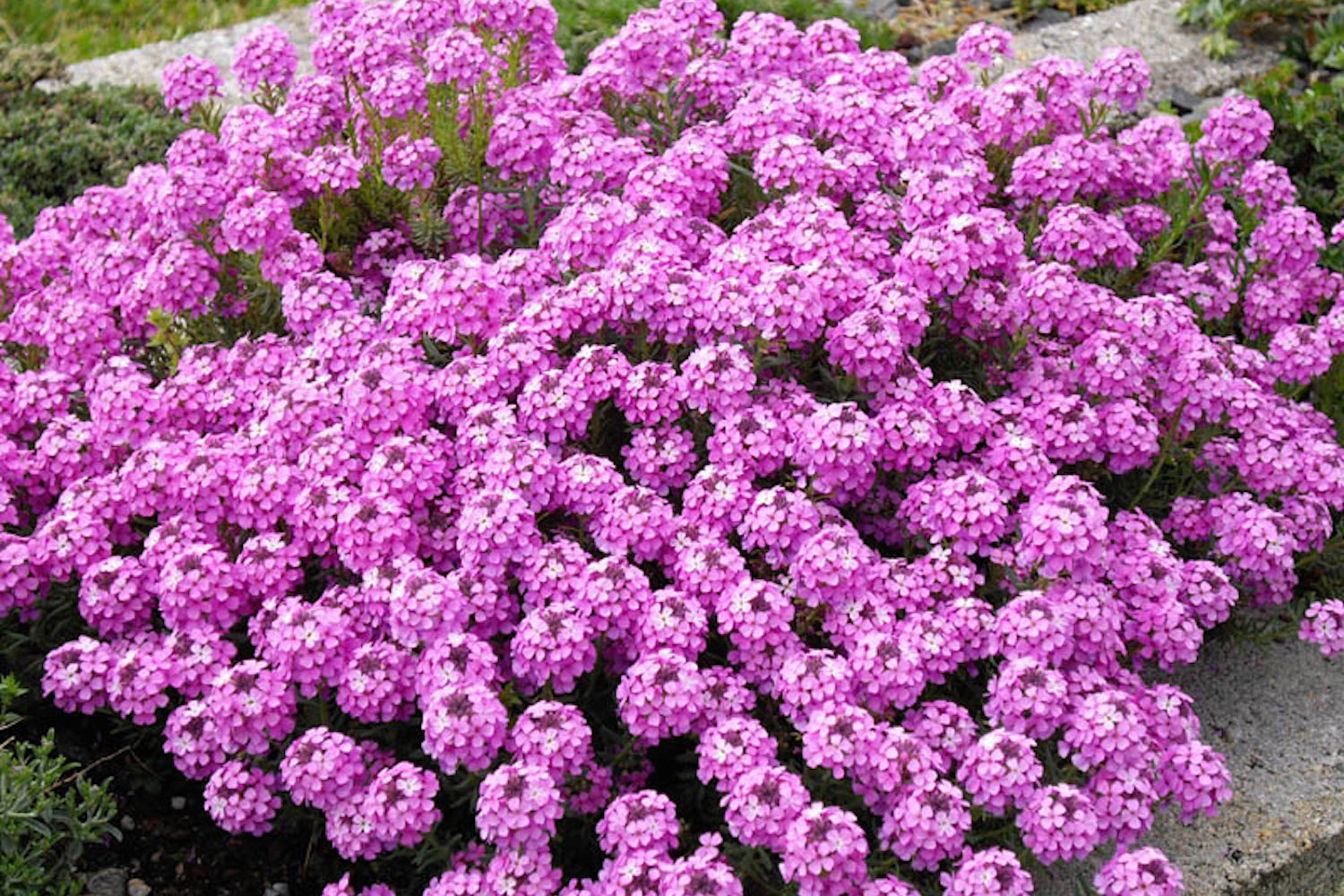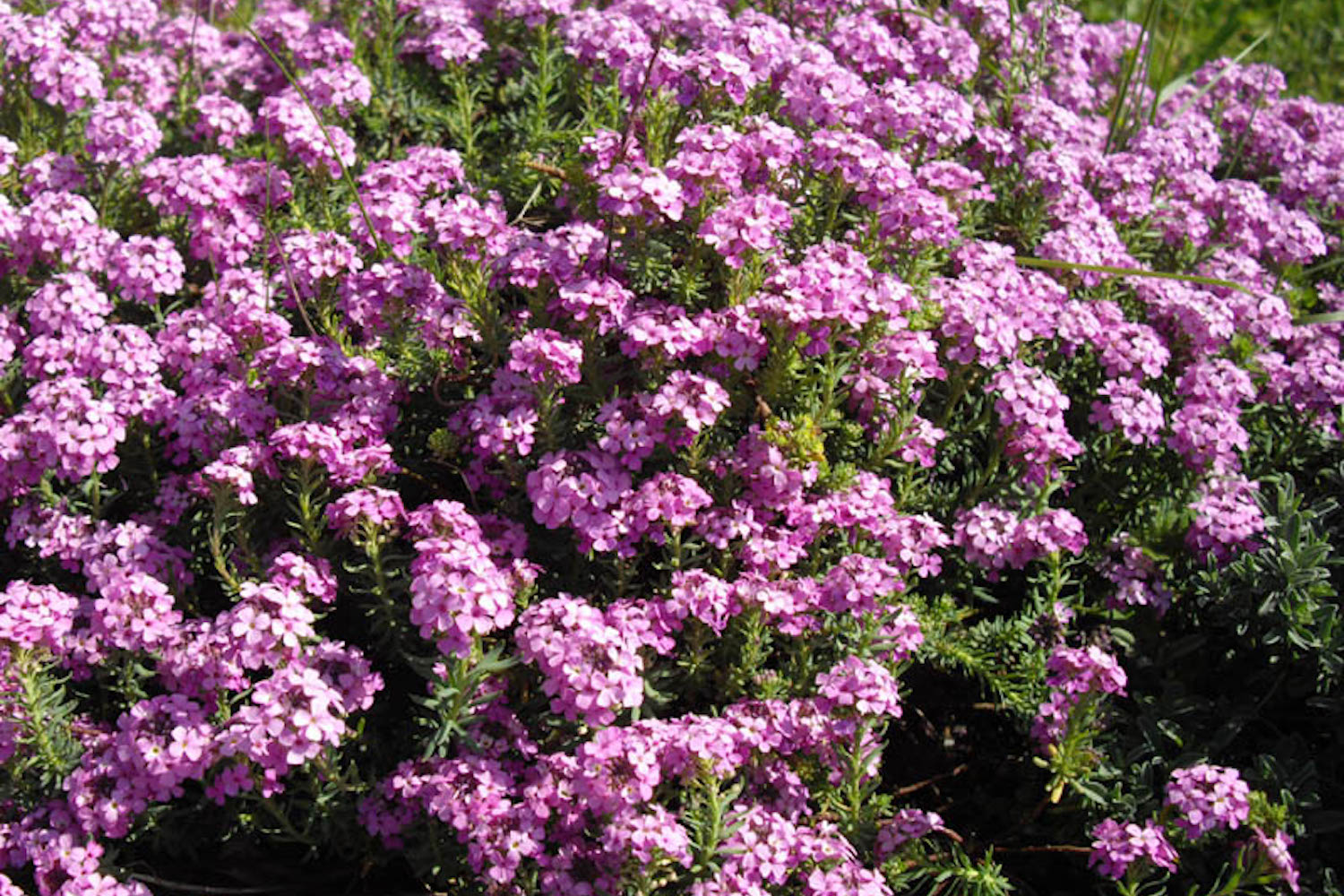Aethionema 'Warley Rose'
Approx. 0.5 litre pot
About this cultivar:
Aethionema 'Warley Rose' is a semi-evergreen sub-shrub compact and rounded in habit with linear, grey-green leaves. Flowers bright rose-pink, in terminal clusters in late spring and early summer.
Owes its origins to English gardener, Ellen Willmott (1858-1934). She embarked on rock gardening in 1882, when this style of gardening first began. A woman of means, she employed as many as 100 gardeners at her peak, but was bankrupt when she died.
Miss Willmott’s garden at Warley Place was said, at the time of her death, to contain 100,000 distinct kinds of plants (not sure I can believe that...). She contributed to the expenses of plant explorers and was rewarded by offerings of new plants when they were first introduced and had several plants named after her. She was especially into roses and daffodil bulbs. As she got older she even booby-trapped her daffodil plantings to deter bulb thieves.
Has the Royal Horticultural Society Award of Garden Merit (the plant that is, not Ellen).
- Position: Full sun, partial shade
- Soil: Dry soil
- Flowers: April, May, June
- Other features: Royal Horticultural Society Award of Garden Merit (RHS AGM), Bees and Butterflies
- Hardiness: H5 - Hardy in most places throughout the UK even in severe winters (-15 to -10°C), Fully hardy
- Habit: Bushy, mat forming
- Foliage: Semi evergreen
- Height: 10 to 20 cm (0.3 - 0.6 ft)
- Spread: 15 to 25 cm (0.5- 1 ft)
- Time to full growth: 5 to 10 years
- Plant type: Herbaceous Perennial
- Colour: Pink, red, green
- Goes well with: Paths, pots, front of borders, rockeries, walls, the seaside!
About this genus:
Aethionema is a genus of flowering plants within the cabbage family (Brassicaceae) native to the sunny limestone mountainsides in Europe and West Asia, especially Turkey. The genus contains about 60 species, with about 40 of these found in Turkey.
Commonly known as stonecresses, referring to their creeping habit and favoured stony grounds. The Latin name derives from ancient Greek aitho ‘to burn’ and nema ‘filament’. This could be referring to the burnt appearance of the stamens or to the burning acrid taste of some of the species!
Aethionema are grown in the garden for their profuse bunch-of-grape-like-flower-clusters (racemes) of cruciform flowers in shades of red, pink or white, usually produced in spring and early summer. They usually form woody bases with sprawling stems that are herbaceous at the tips. The lovely linear leaves are tend to be grayish or blue-green in colour and look good when the plants are not in flower.
The ones that have found their way into (mostly rockand alpine) gardens grow as dwarf evergreen or semi-evergreen subshrubs with a growth habit similar to Iberis. Note however they don’t tolerate wet the way Iberis do….though likewise they tolerate more dryness than Iberis. Thus these will do great in the rock garden, wall crevice, pots, and planters. Probably won’t like most British Isles Perennial Borders tho you can always try pushing to the front edges and/or in and around paths if dry enough. They can be short-lived, so take cuttings. Don’t like wet!










